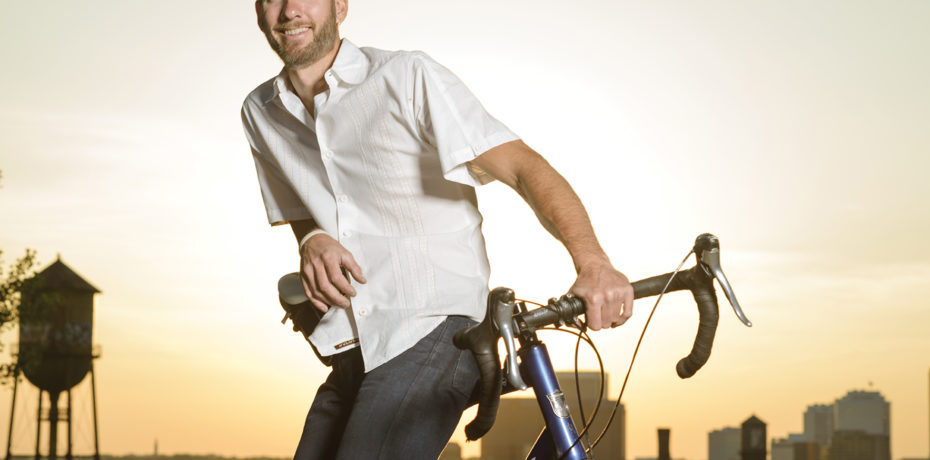Nonprofit organizations are essentially non-sustainable business models. The outreach/charitable cause is often approached and delivered as a commodity instead of a product. And most nonprofit organizations continue to operate in a disempowered manner—meaning they completely rely on the generosity of others (donations) to fulfill their missions.
When I launched Richmond Cycling Corps as a nonprofit, I approached it like an entrepreneurial startup, focusing on building a quality “outreach product” (at least a sound prototype) before I sought major investment (donations). To do this, I inverted the outreach model and forfeited volume (number of youth) for quality of results (what our youth accomplished).
In our first year, we had astounding results with just a few youth, and in turn, we created a high-quality outreach product. We developed a premier inner-city youth cycling program. Our purpose was to change the lives of youth who live in Richmond’s public housing projects, and we used cycling as our platform for change. I’ve called our approach “boutique outreach” ever since, and our outreach results continue to be enhanced year after year. We now have three major Richmond companies helping to financially support our purpose.
Build a quality outreach product, be patient, and investors (donors) will come.
We created our outreach product by showing how it’s unique and showing how it’s crafted. On a daily basis we upload photos, videos, and press to our social media channels to show what our youth are doing, and how they’re doing it. By taking our outreach out of “pie-chart-wrapping,” we like to show the raw, human components of what our youth accomplish. We also constantly view our outreach product through a state of flux, always evolving the quality of the product (i.e., what our youth accomplish).
Shortly into my second year of running Richmond Cycling Corps, however, it become very clear to me just how non-sustainable nonprofit organizations are in their business operations. I felt disempowered constantly relying on donations, and so I took an empowering approach to financially sustain my outreach passion. I simply took inventory of my personal skillsets and leveraged them such to generate money for my cause.
I’ve been racing bicycles since I was 14. I started racing at the elite level off-road when I was 18. I’ve raced at the U.S. professional level since 2003. I’ve worked in bike shops since I was 15. I hold a master’s degree in Movement Science (bio-mechanics), which was centralized around the study of bicycles.
I decided that Richmond Cycling Corps should open a bike shop to help us raise funds, but not just a typical bike shop … a bicycle studio. So, with the help of my board chair/resident genius, Peter Fraser, we used a trick from our approach to outreach and inverted the typical bike shop model. The result was the launch of Richmond Bicycle Studio in September 2011.
Our business model focuses on expertise first: From bike fits and indoor cycling to repair, we bring in the best, most qualified, most experienced, most educated people we can find … no exceptions. From there, we take our expertise and deliver true service. Service is key, but if you don’t have the expertise to back it up, you can’t find solutions to problems, which means you can’t truly cultivate the passion Richmonders have for cycling—all facets of cycling.
We also focus on the aesthetic aspect. We’ve created the most unique bicycle space anywhere. People come in, and they’re not sure if it’s an art gallery, a clothing boutique, or a bike shop. We dig that. Our aim was to shut down the over-inventoried intimidation factor of a lot of traditional bike shops. And when you’re competing with the Internet, you’d better curate products, and not stock commodities. Everything we carry—from bikes to tires—is carefully chosen, personally endorsed, and elite level-tested.
As a bonus to this model, 100 percent of profits from Richmond Bicycle Studio go back to support the outreach efforts of Richmond Cycling Corps. Some folks just want their bicycle needs met, and that’s great by us. Others, however, really like the idea of the money they spend going toward a social cause.

